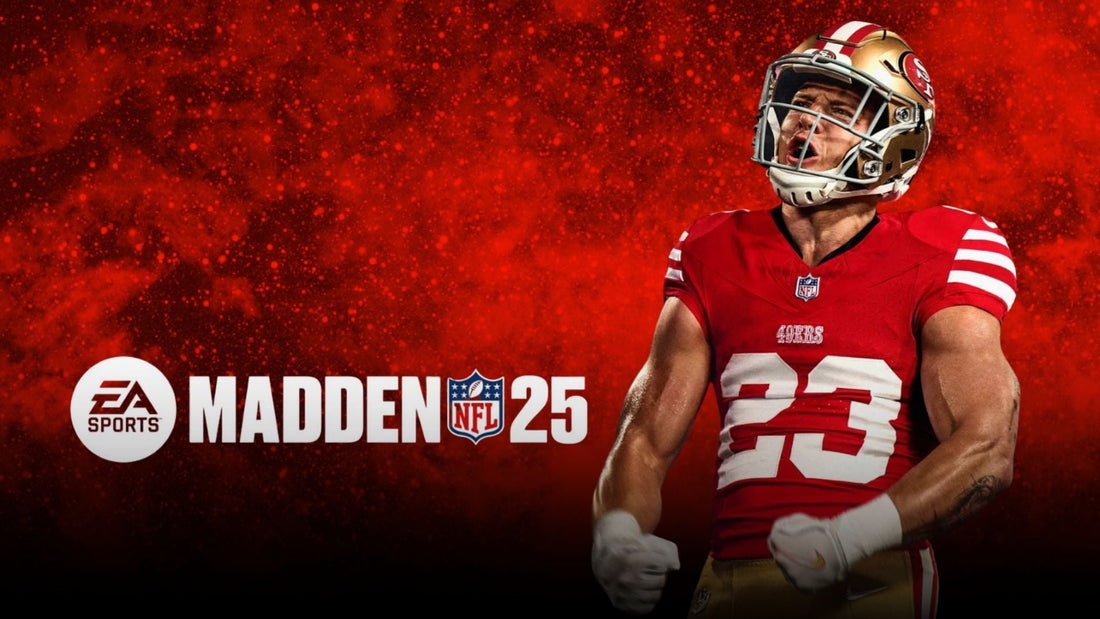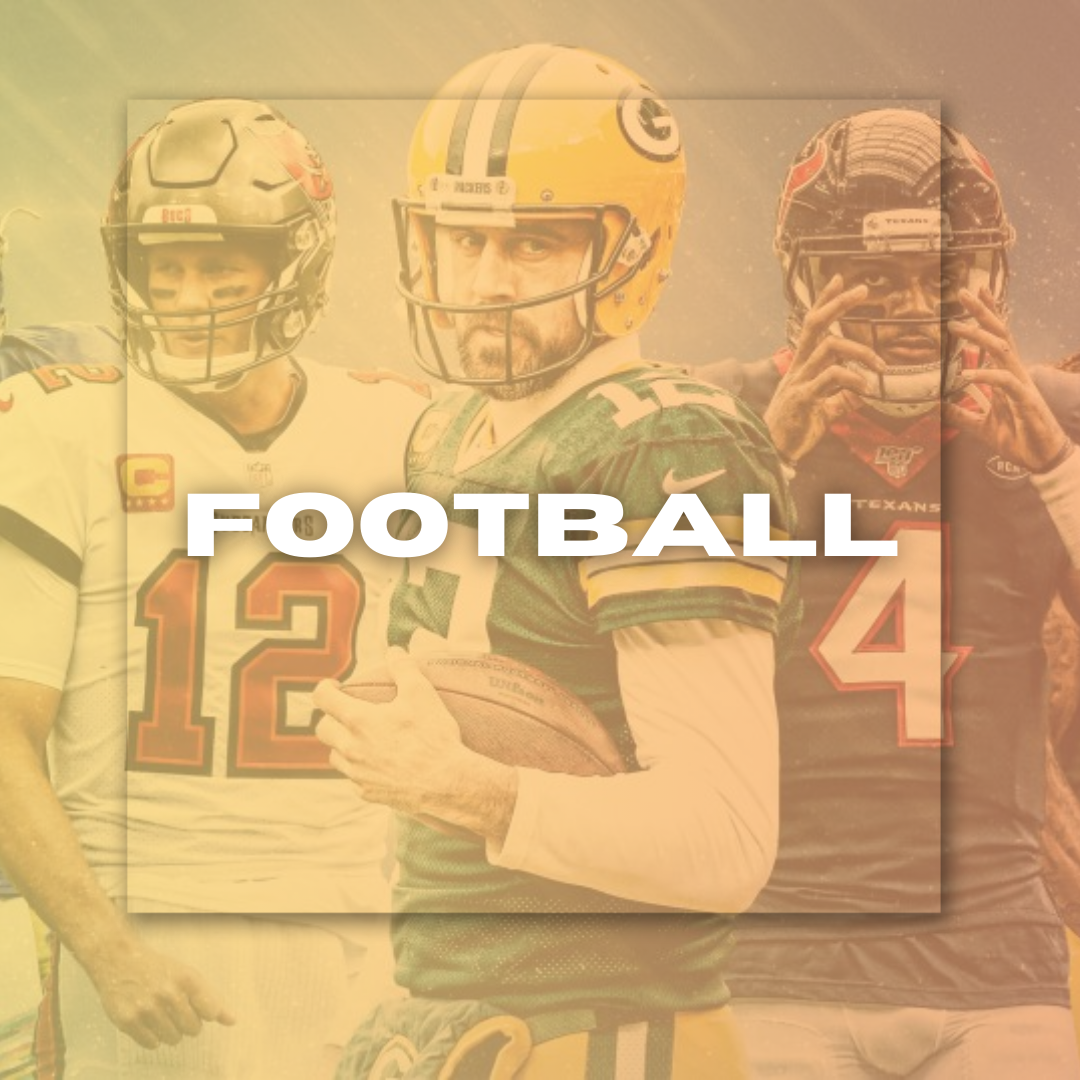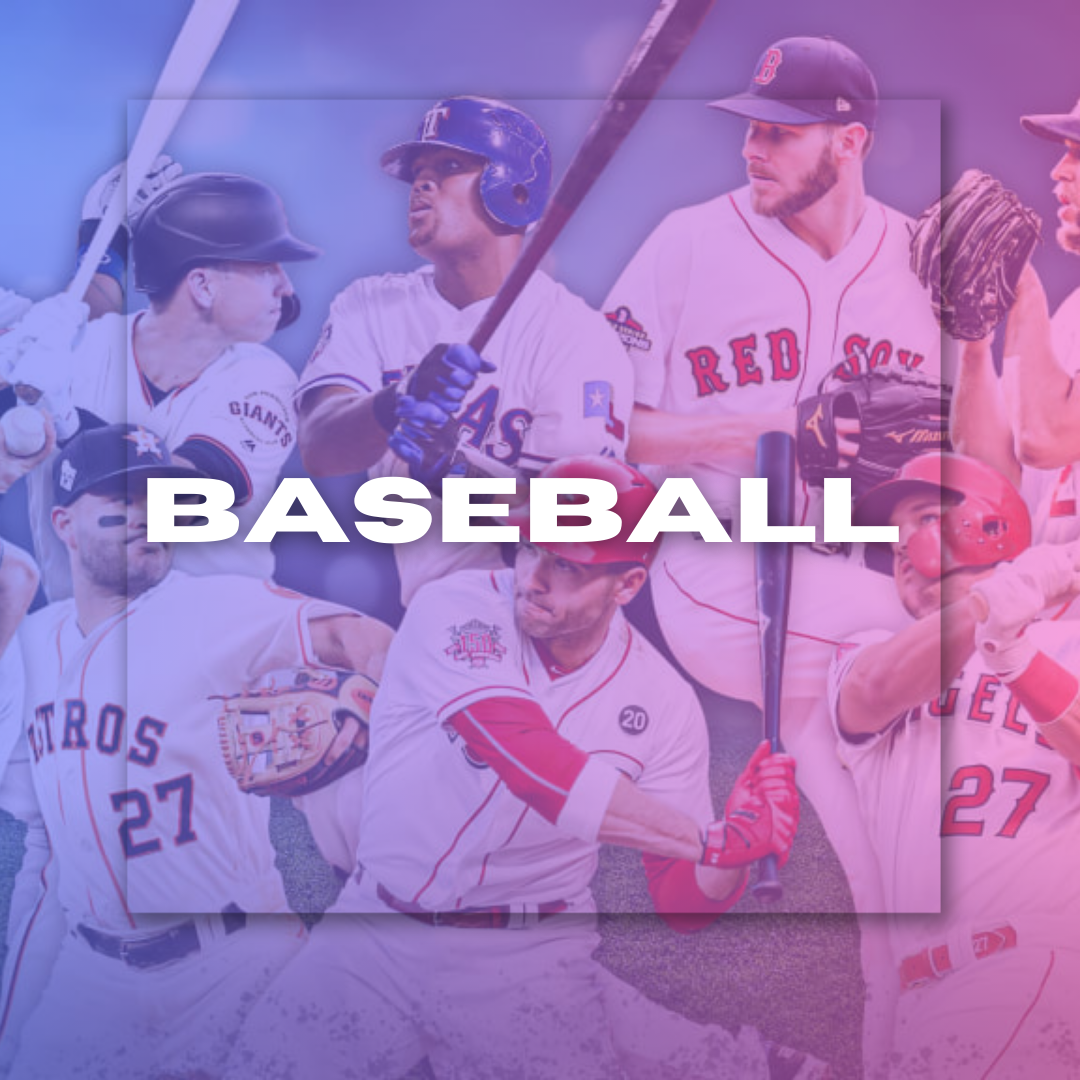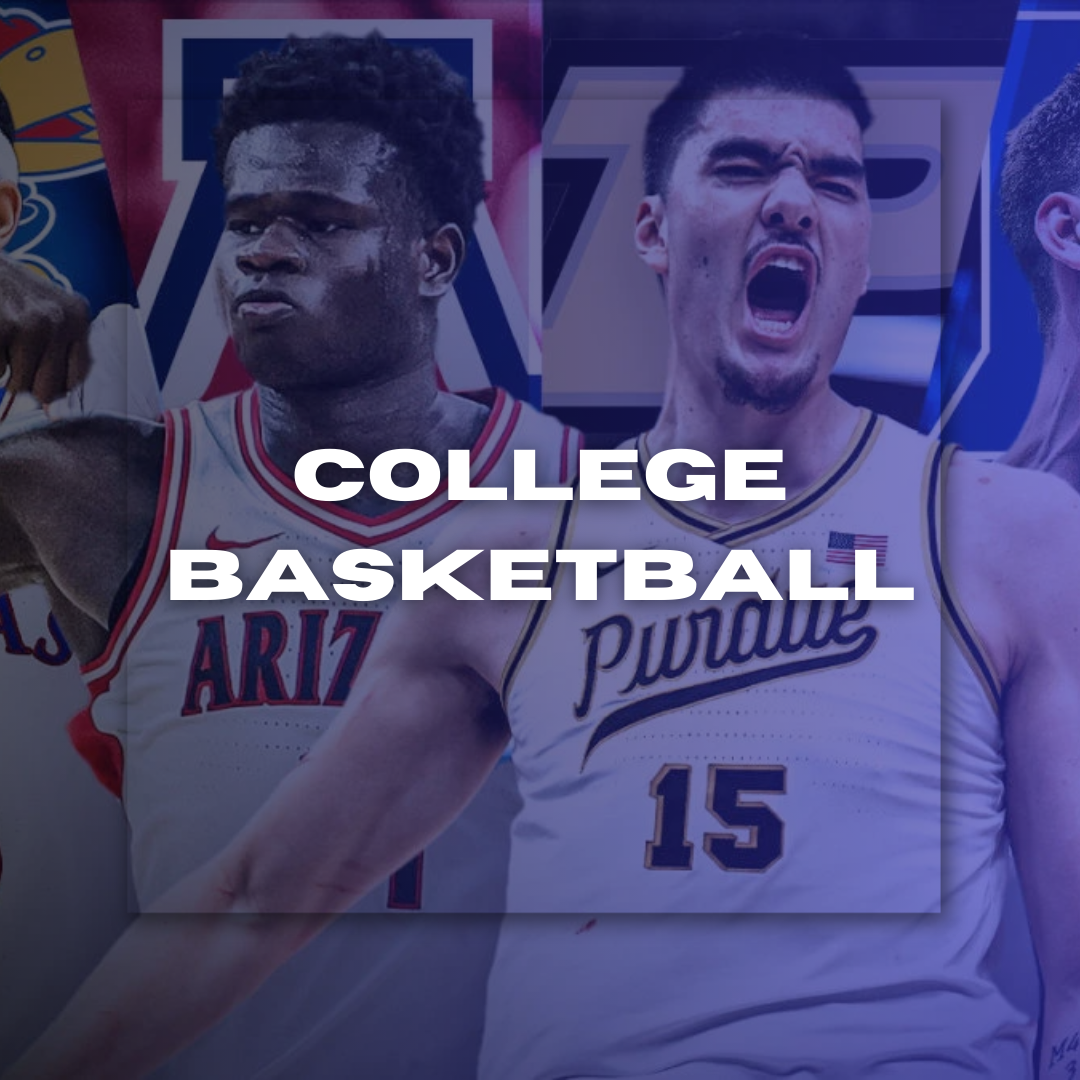
Is the Madden Curse Real? Examining the History and Superstitions Behind the NFL Cover
By Jason Bolton June 03, 2025 09:13
The “Madden Curse” is one of the most enduring superstitions in sports culture, particularly within the NFL community. It suggests that players featured on the cover of the Madden NFL video game suffer a decline in performance, injury, or other misfortune in the season following their appearance. But is this curse grounded in fact, or is it merely a coincidence amplified by fan lore?
The phenomenon began in 1999 when San Francisco 49ers running back Garrison Hearst became the first athlete to grace the Madden cover, replacing John Madden himself. Hearst rushed for a career-best 1,570 yards that season but then suffered a devastating ankle fracture that sidelined him for two full seasons, never quite regaining his prior form. This incident is often cited as the curse’s origin.
Over the years, many cover athletes have experienced setbacks. For example, Daunte Culpepper, the 2002 cover star, suffered a knee injury that caused him to miss significant playing time after an impressive breakout season. Running backs have been particularly vulnerable: of the first five featured, only Eddie George in 2001 avoided a notable decline, though even he battled nagging injuries that affected his stats. Quarterbacks also have fallen victim; four quarterbacks on the cover threw 48.5% fewer touchdowns in their cover season compared to the previous year, highlighting a tangible drop in performance.
The curse’s reputation grew as players like Adrian Peterson (2014) and Rob Gronkowski (2017) encountered injuries or performance dips after their cover appearances. However, the frequency of these incidents has diminished in recent years. Since 2010, only about 28% of cover athletes have experienced what could be classified as a “curse” season, and the last widely acknowledged case was Gronkowski in 2017.
Experts argue that the so-called curse may be a statistical artifact rather than a supernatural phenomenon. Players chosen for the cover are often coming off career-best seasons, making it statistically challenging to maintain or improve upon such high levels of performance. As Pro Football Focus analyst noted regarding Tom Brady’s 2017 cover appearance, “Most intelligent people would argue there is no curse at all, rather players being put on the Madden cover who are coming off of career years, which are very hard to repeat”. Brady himself defied the trend by continuing to perform at an elite level despite his age and cover status.
Injury risk is inherent in football, and the Madden cover’s timing often coincides with players entering seasons of heavy physical demand. This natural risk, combined with heightened media attention, may amplify perceptions of a curse. As CBS Sports reflected, “There haven’t been back-to-back ‘curses’ since 2011-2012. So is the Madden curse alive? Maybe. But it may well be losing its power”.
The Madden Curse remains a captivating narrative in NFL folklore, blending superstition with real-world statistics. While many players have experienced misfortune post-appearance, the evidence suggests that the curse is more myth than inevitability. As ESPN recently noted, “The alleged curse on players who feature on the cover of the iconic NFL game is well known, but has it actually had merit over the past decade?”. The answer appears to be increasingly nuanced: a mix of coincidence, regression to the mean, and the inherent unpredictability of professional football.
The Madden Curse is less a supernatural jinx and more a reflection of the challenges NFL players face maintaining peak performance year after year. It remains a fun talking point for fans and media but lacks the consistency to be considered a true curse. Whether you believe in it or not, the Madden cover remains one of the highest honors and pressures in football culture.


































































